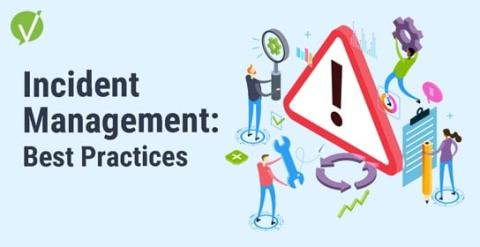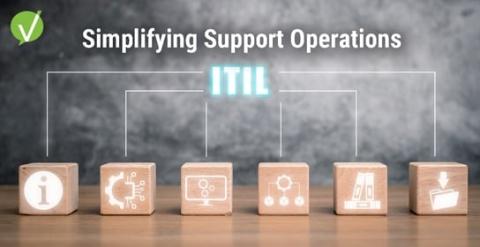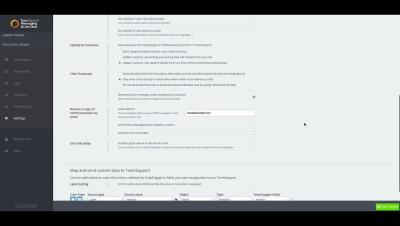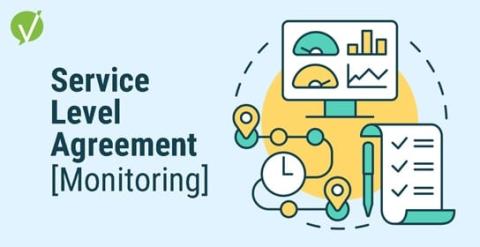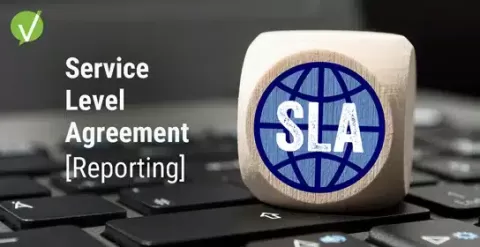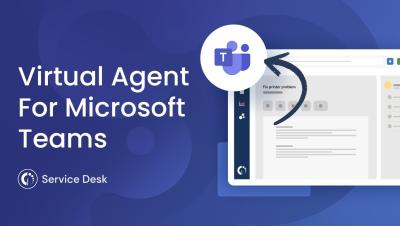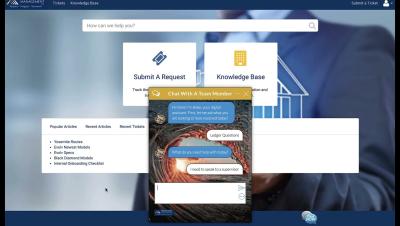Teams | Collaboration | Customer Service | Project Management
October 2023
Unlocking Agent Productivity with Generative AI | Freshworks
The IT dilemma: Balancing data privacy and personalisation in customer experience
Your phone buzzes with an email notification. Subject line: Important information about a recent security incident. Sounds familiar, right? Unfortunately, security incidents are more and more common, which means many companies are leaning on trust to galvanise their customer relationships. Trust is the cornerstone of customer relationships, but in today’s changing data privacy and security landscape, it’s hard to earn and easy to lose.
Is your Customer Service team getting the recognition they deserve?
Are there times when you feel like your Customer Service team is under appreciated for the work you do? Perhaps your team members have spoken openly about not getting the credit they deserve. Sadly, it’s not uncommon for Customer Service teams to feel like they’re working extremely hard without getting the same recognition that others parts of the business do. *Cough cough* Sales. *Cough cough* Marketing. *Cough*. On one level, you could write it off as paranoia.
Incident Management Best Practices: Streamlined Operations Guide
Incident management best practices is the backbone of a seamless IT support operation, but it’s not just about resolving issues – it’s about doing it efficiently and effectively. In this article, we’ll walk you through essential incident management best practices, offering valuable insights and real-world examples.
Why Customer Service leaders need real-time data
How Customer Service leaders motivate teams
Demonstrating the impact of Customer Service
How Customer Service leaders can manage remote teams better
Change Management SLA: Unveiling the Impact in ITIL
Things You Will Learn in This Article: You’ve landed in the right place if you’re currently tired of experiencing the chaos associated with the process of planning, implementing, and guiding your organizational changes effectively. If you’re overwhelmed by an influx of service requests and you’re struggling to meet your company’s IT service delivery promises, then you may be happy to learn the solution may be as simple as a Change Management SLA.
Experimenting with AI responsibly and transparently with Economist Impact's Jeremy Kingsley
ITIL Help Desk Software: Simplifying Support Operations
It’s important for your business to rely on efficient IT Service Management in order to stay competitive. So whether you’re an IT manager, a help desk supervisor, or an IT professional, you understand the importance of keeping your support operations streamlined. But here’s the catch: it’s not always easy, especially when you’re dealing with a barrage of support requests and the need to meet customer expectations.
The 16 Best AI Chatbots for Business in 2024 and Beyond [Review and Key Features]
Chatbots are used by 1.4 billion people today. The interest in ChatGPT is fueling the flames of chatbot adoption to become even more mainstream for personal use and business alike. Companies are now rushing to launch their best AI chatbots to carry on 1:1 conversations with customers and employees. AI powered chatbots are also capable of automating various tasks, including sales and marketing, customer service, and administrative and operational tasks.
Getting Started with Zendesk Advanced Bots
Understand the power of Answer Bot Analytics
Sediment Analysis for TeamSupport's Messaging & LiveChat
Creating a TeamSupport ticket from Live Chat
TeamSupport's Design Studio for Messaging & Live Chat (long)
Helpdesk Ticket Priority Levels: The Ultimate Guide to Optimal Support
Things You Will Learn in This Article: Helpdesk ticket priority levels come into play when you’re part of a customer support team and you understand not all support requests are created equal. Some require immediate attention, while others can wait. But how do you ensure your team is addressing critical issues promptly and efficiently, without overlooking less urgent ones?
Service Level Agreement Monitoring: Understanding Its Role and Importance
In the modern business environment, delivering top-notch service isn’t just a goal; it’s the lifeline of success. But how do you ensure that your services consistently meet or exceed expectations? That’s where Service Level Agreement (SLA) monitoring comes into play, and let me tell you, it’s more than just charts and numbers. Think of it as your trusted compass guiding you toward service excellence.
Zendesk Showcase 2023: Up close at the big AI drop
IT leaders tackle new challenges with security, AI, and CX
SLA Reporting: Driving Continuous Service Improvement
Today, as the IT world keeps evolving at lightning speed, achieving top-notch service quality is more than just a goal—it’s the key to staying ahead. This is where SLA (Service Level Agreement) reporting comes into play, and trust me, it’s more than just numbers and graphs. Think of it as your organization’s secret sauce, ready to steer you away from service pitfalls and towards your journey to excellence. But how exactly does it work? Well, let’s take a closer look!
Setting up InvGate Service Desk's Virtual Agent For Microsoft Teams
Messaging and Live Chat: Supervisor View
Messaging and Live Chat: Supervisor View (Advanced)
Getting Started with Zendesk Intelligent Triage
Keep an Eye on Your Chat Performance with Messaging and Live Chat Analytics
Messaging and Live Chat: Dealing with Trolls
Zendesk Tutorials: Generative AI for Agents
Zendesk Tutorials: Macro Suggestions
Zendesk Tutorials: Advanced Bots
Zendesk AI: The Next Big Drop
How does Zendesk's generative AI help your customer experience agents?
Report: IT leaders tackle new challenges with security, AI & CX
IT leaders have been responsible for keeping systems up to date and managing security issues. With the last few years framed by both economic volatility and rapid changes in technology – namely in advancements in AI – priorities are shifting. Half of IT leaders we surveyed say that they’re being asked to do more with fewer resources.






